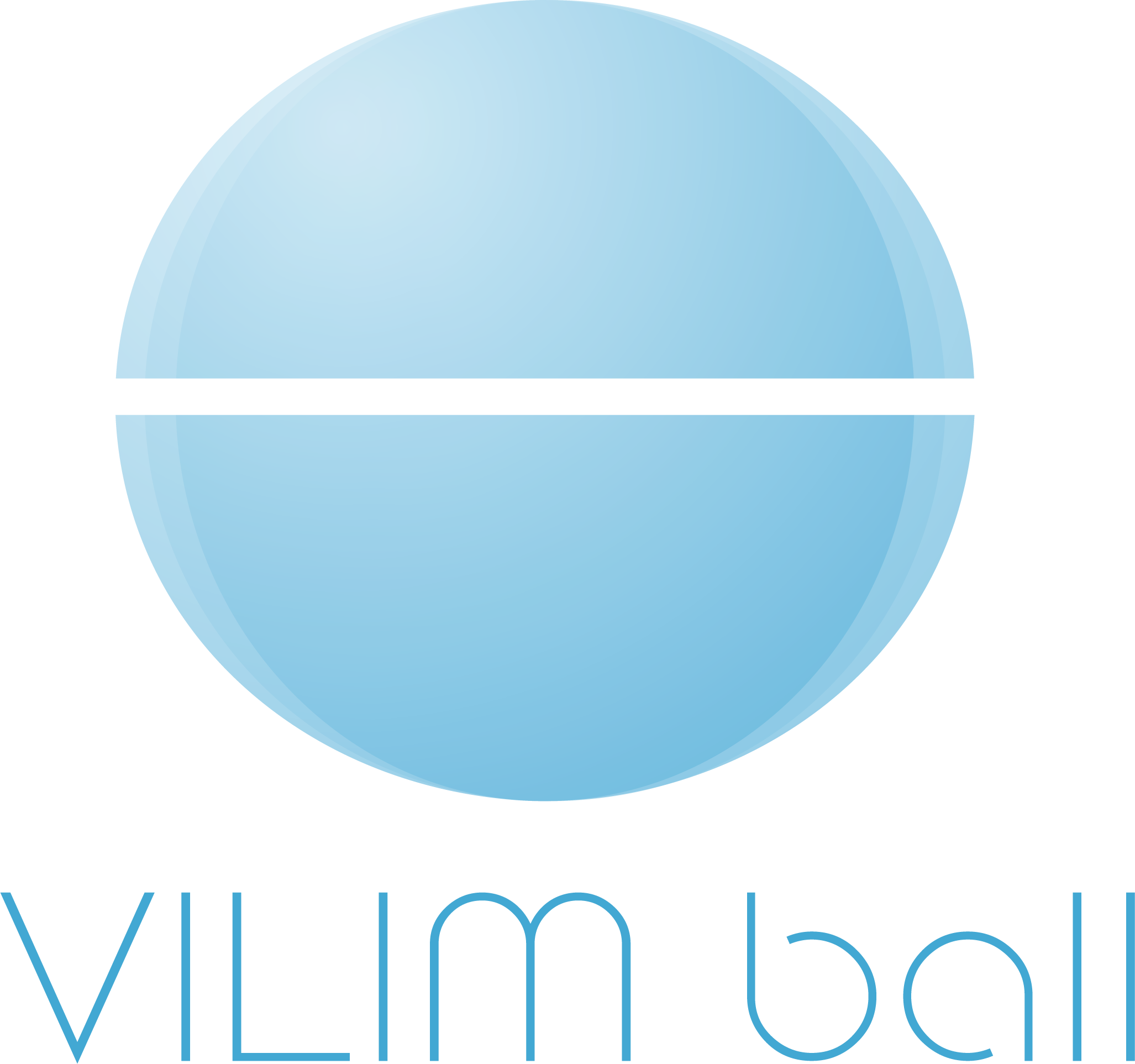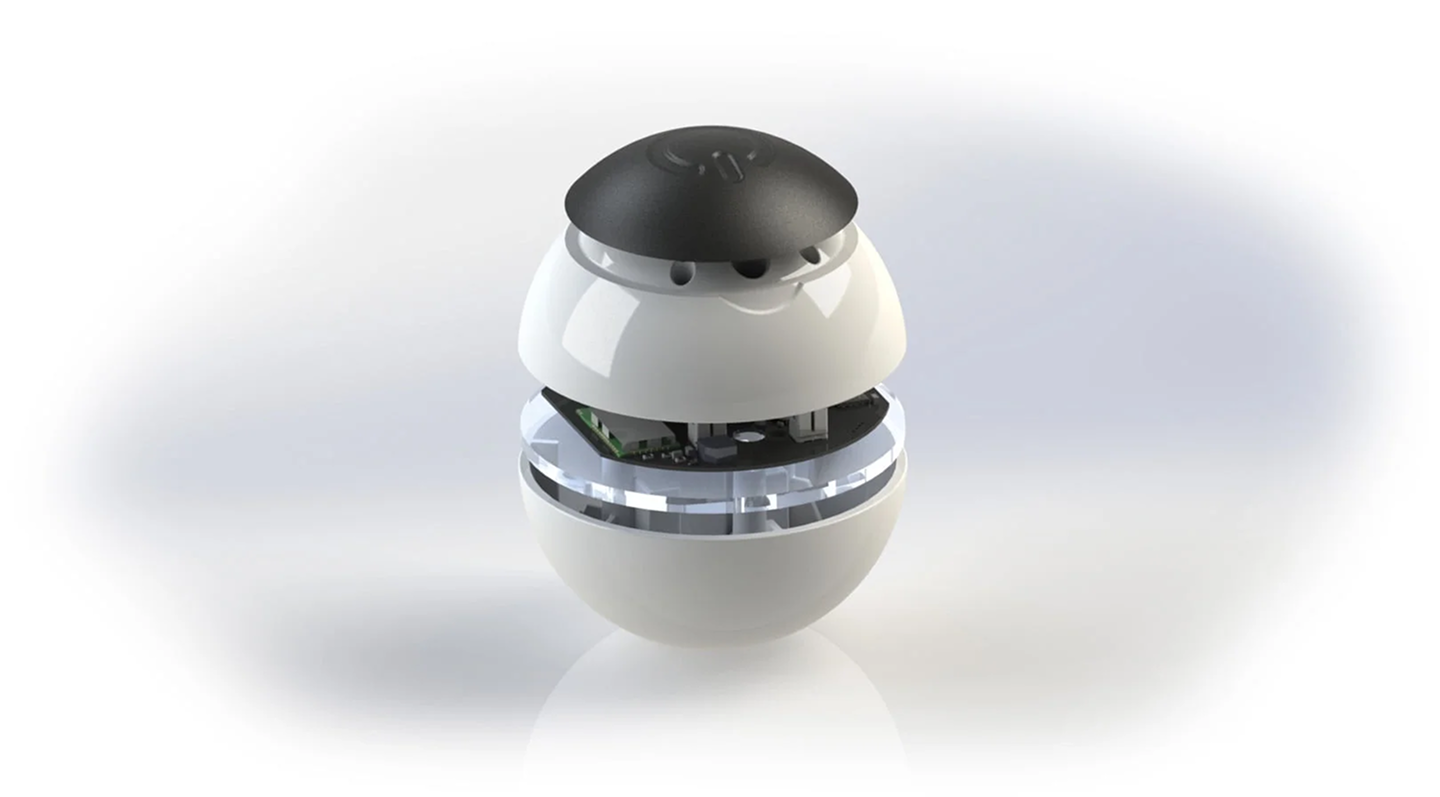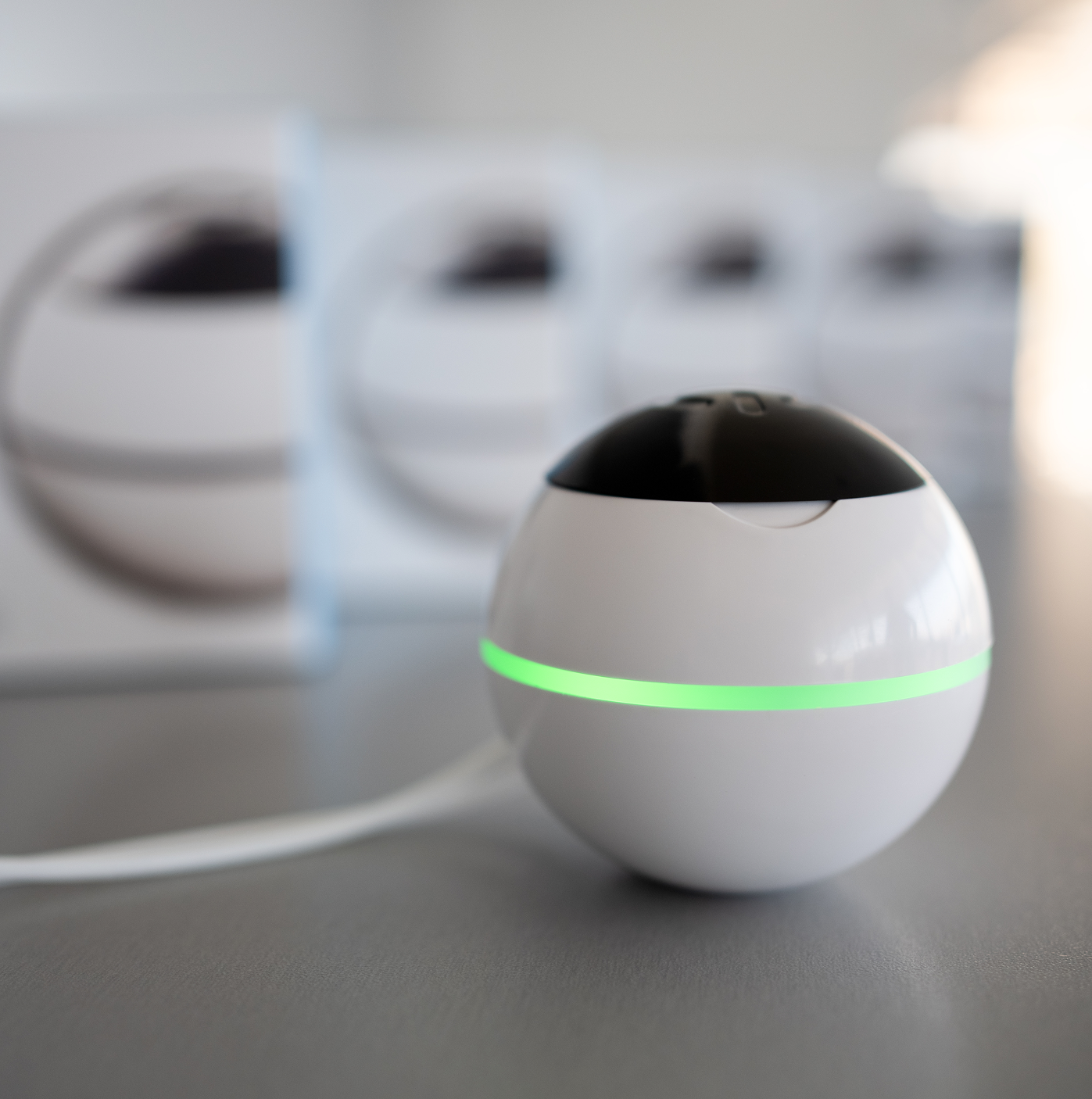
The VILIM ball device is a result of multi-year research on mechanical nerve stimulation effects on human body. It may look like a simple and playful at first glance, but it is actually a technological breakthrough that uses a full spectrum of cutting-edge innovations. The purpose of this article is to reveal the technical components of the VILIM ball.
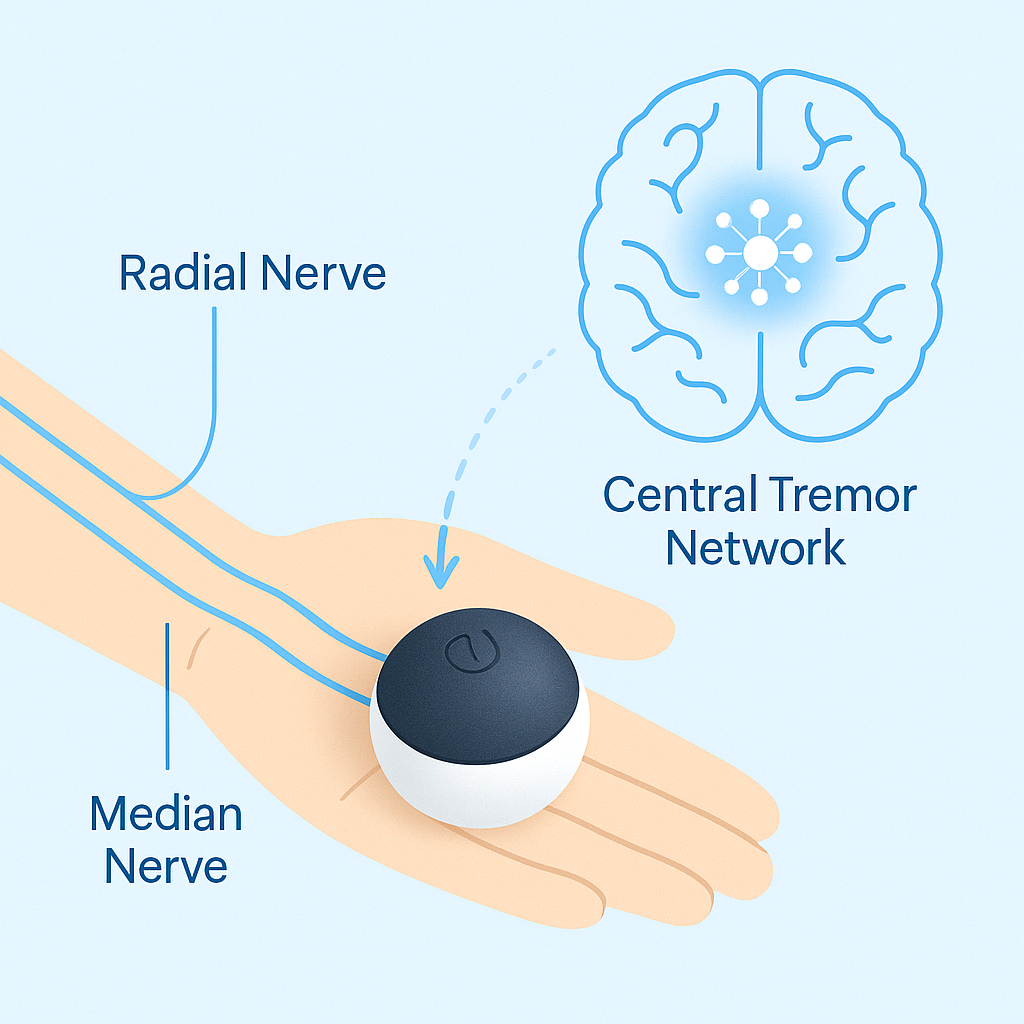
Electrical nerve stimulation
Previous research demonstrates that electrical stimulation of peripheral nerves at the wrist evoked activity within the central tremor network in the brain. This led to the development of a non-invasive neuromodulation therapy called Transcutaneous Afferent Patterned Stimulation (TAPS). TAPS consists of bursts of electrical stimulation alternating between the median and radial nerves at the wrist at a frequency tuned to an individual patient’s tremor. Various studies concluded that such a neuromodulation therapy results in safe and effective hand tremor reduction in many essential tremor or Parkinson’s disease patients.
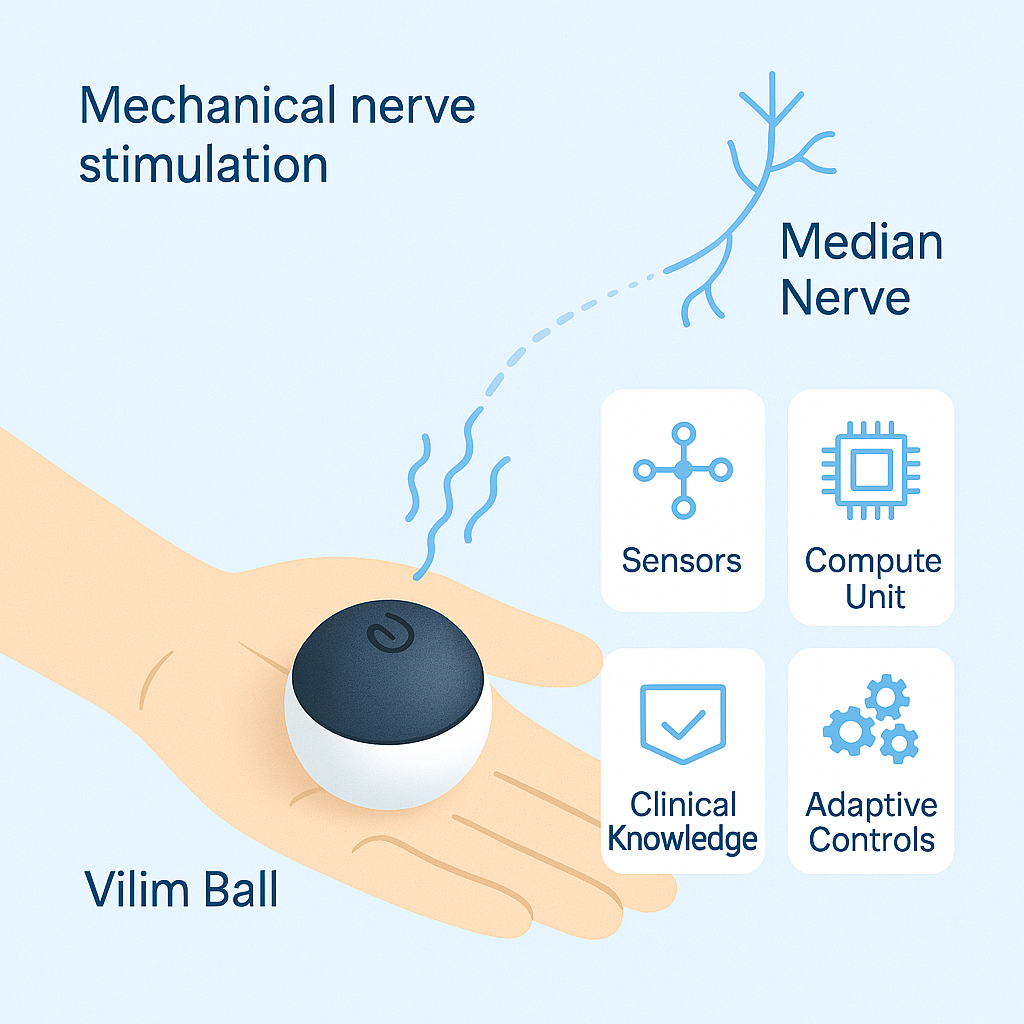
Mechanical nerve stimulation
TAPS is innovative and efficient, however, it has multiple limitations. Our approach raise the bar much further and solves multiple issues. Instead of stimulating nerves through electricity, which is a brute and unnecessary, we decided to stimulate the nerves through mechanical stimulation. This alternative helps to achieve similar neuromodulation therapy without any electrical charges or invasiveness.
Efficacy of random of poorly tuned stimulation is negligible. Precise tuning for each individual tremor case is required to reach the optimal therapy. The VILIM ball device is developed to find optimal therapy automatically. This is achieved by the fusion of 4 main device elements: sensors, compute unit, clinical knowledge and adaptive controls.
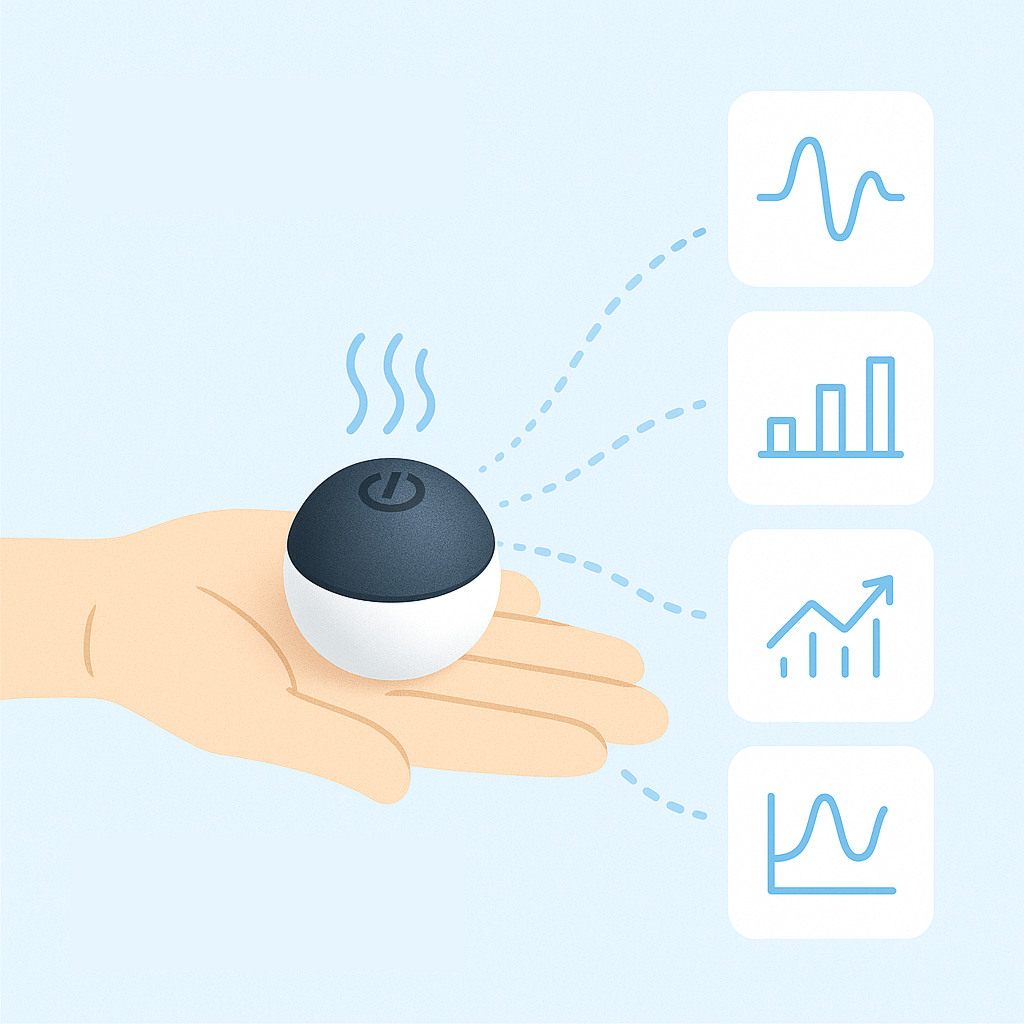
Sensors
The device measures hand tremor in real time. This include amplitude, frequency, movement power and a list of other variables. Such functionality is realized by a various biomechanical sensors embedded inside of the device. Sensors are monitoring patient’s tremor condition, reaction to therapy, quality of device output. Sensors are a key components of the VILIM ball. They work constantly through entire therapy.
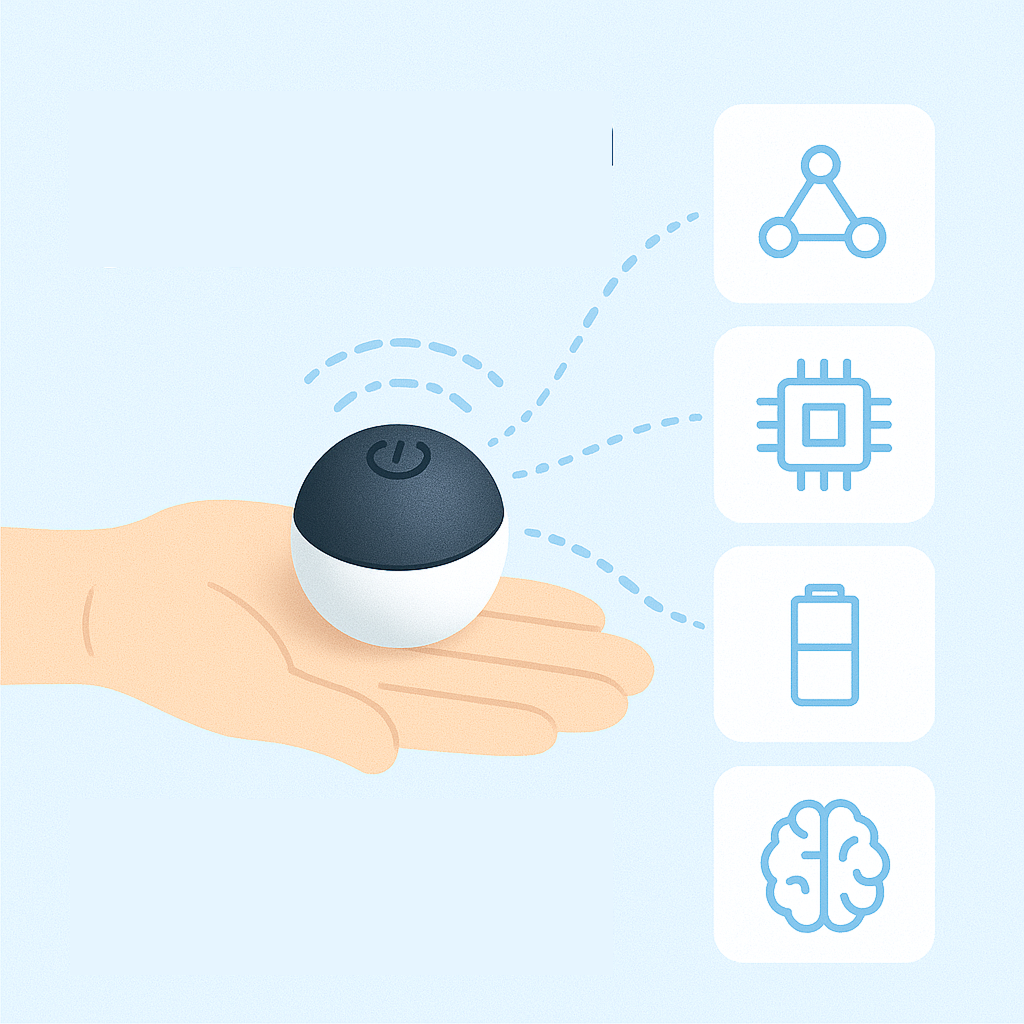
Computation unit
Even though sensors provide a stream of tremor related data, fast and efficient computation capabilities are necessary to make this data usable. VILIM ball contains powerful but efficient computer to deal with these tasks. The unit is responsible for data gathering digital signal processing. It also, performs other necessary tasks, such as battery monitoring, therapy control. Most importantly, the computer runs AI models that adapts therapy to each patient individually.
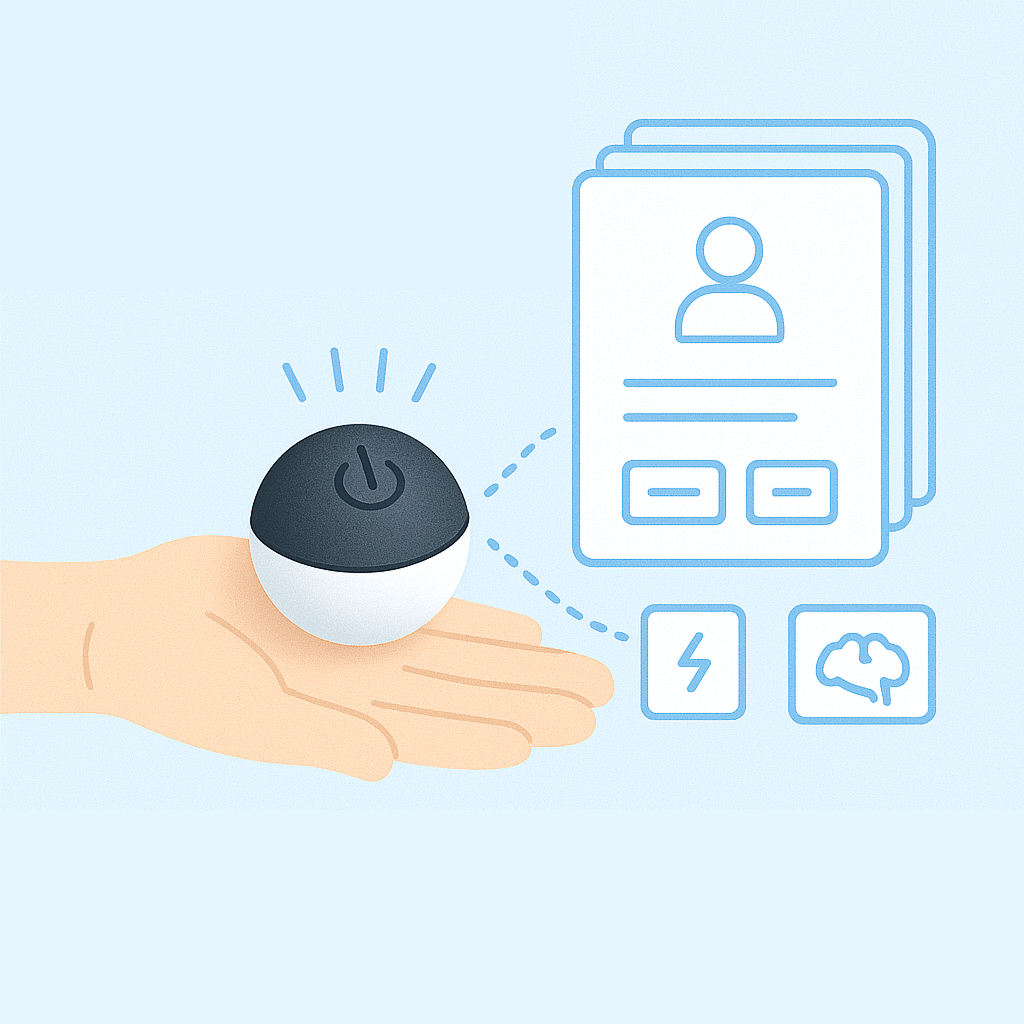
Clinical knowledge
Every tremor case is unique. After all, there are lot of ever changing variables that can impact tremor: disease onset, patient age, anatomy, emotions, etc. Even thought knowing all the possible combinations of all the variables is impossible, tens of thousands of tremor cases we managed to record helps the device make decisions. This data, a.k.a., clinical knowledge helps to reduce number of edge cases and to improve the chance that therapy would help to relieve symptoms.
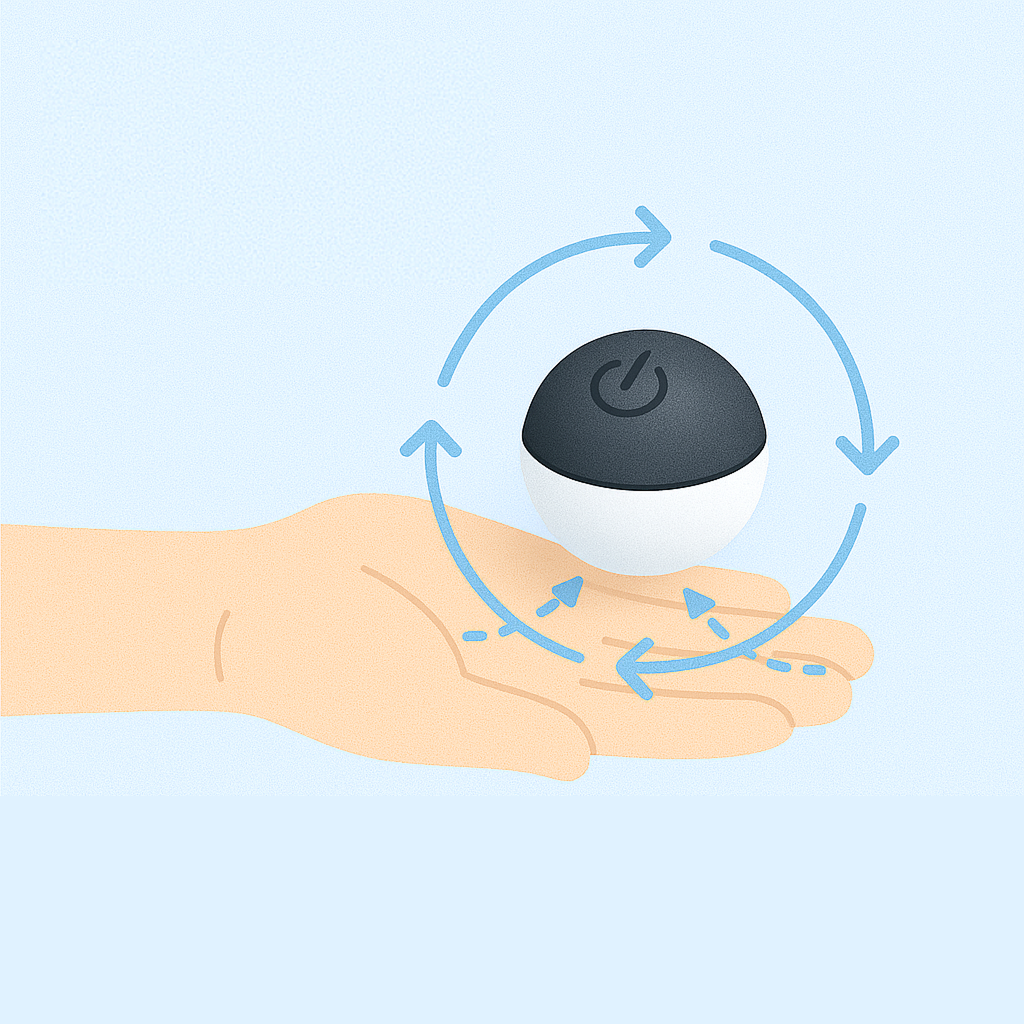
Adaptive controls
The internal control mechanism of the device has a feedback-loop that enables it to generate the required stimulation even in a dynamic environment. The device can work consistently, even when the patient has mild or extreme tremors, and even while in transport. Without adaptive controls the device would be very hard to manage and use for everyday customer.
